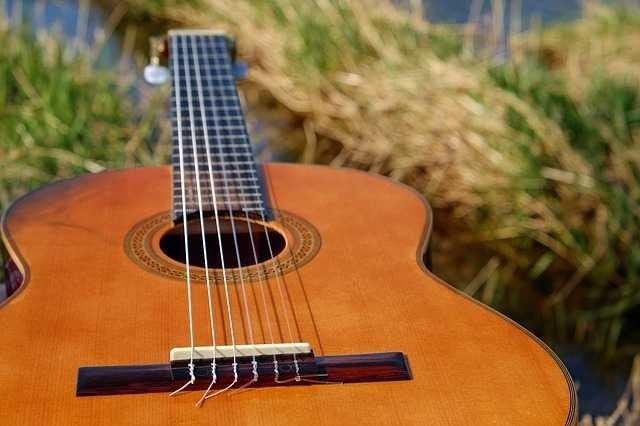The guitar has multiple origin stories. Depending on who you ask, the guitar was born in any one of the regions in the ancient world, stretching from Greece to Persia.Because all these precursors to the acoustic guitar were so mobile, merchants and sailors from the ancient world brought them to Europe.
In the late 18th century, the six-course vihuela a mano guitar from Spain was the primary style of guitar popular in Spain. A book on guitars from 1799 Spain described the standard Spanish guitar as having 17 frets with six courses.
The fifth course was tuned in one of three ways.
A low "A" as it is now.
A low "A" plus an octave for the second part of the course
Both strings an "A" an octave higher than the modern guitar.

• 1850-1892 Guitar maker Antonio de Torres develops the larger more resonant instrument we know today
• Nylon strings were developed in the 1940s after the DuPont company accidentally discovered nylon in 1930. Some practical uses for it turned out to be in nylon stockings (silk ran too easily) and nylon monofilament for fishing lines. In fact, the first musicians to put nylon fishing line on their guitars (in lieu of the more expensive gut) were the fishermen-musicians of the Spanish Mediterranean seaports. We owe these practical and hardy individuals a debt of gratitude, for without them, the classical guitar would today be the province of a very limited enclave of enthusiasts and pretty much out of financial reach of almost everyone else.